Habs' near-perfect rebuild, top J.T. Miller fit, and 5 other NHL items
The Montreal Canadiens were thoroughly outplayed by the Red Wings Thursday night, leading to a 4-2 loss and thus no progress in the standings.
"As a group, we've grown and matured enough to turn the page on this," forward Kirby Dach told reporters following an uninspired effort in which Montreal recorded seven high-danger scoring chances to Detroit's 17.
Dach wasn't just repeating an eye-roll-worthy cliche. The Habs have been one of the NHL's hottest teams since losing 9-2 at home Dec. 12, winning 13 of their next 19 games. Through 48 games, they're tied with the Rangers and Senators with 52 points, one shy of the last Eastern Conference playoff spot.
In other words, Montreal's advanced past the pushover phase of the rebuild.
The rebuild began in earnest with the hirings of general manager Kent Hughes and head coach Martin St. Louis midway through 2021-22. The Canadiens remained loyal to a long-term timeline and that patience is beginning to pay off. Montreal isn't a Stanley Cup contender - heck, making the playoffs is far from a guarantee - but it's operating like an organization that believes it can become one if it doesn't get caught up in the moment and sticks to the overall plan.
Little baggage remains from the early days of Hughes-St. Louis, and unlike recent rebuilds elsewhere, Montreal hasn't made any premature free-agent splashes or other moves that amount to one step forward and two steps back.
If anything, the Habs have done the opposite - taking one step back and two steps forward, over and over and over. It all starts with thinking outside the box.
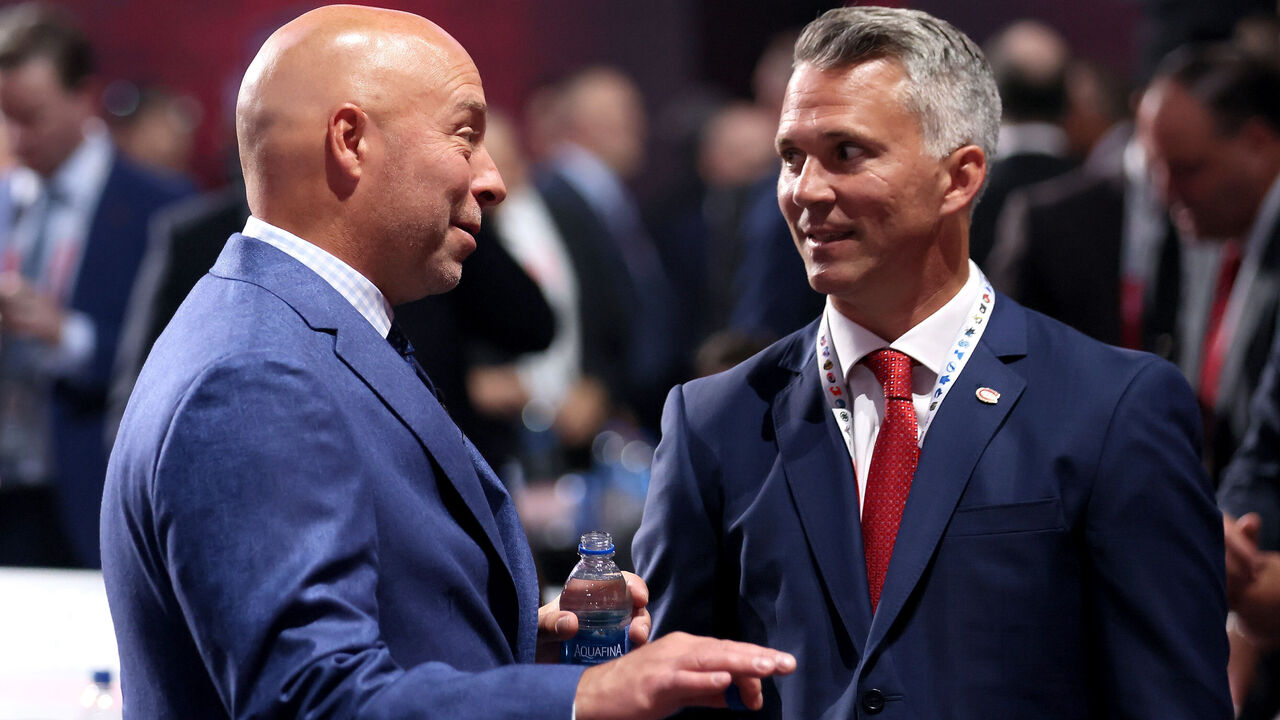
Montreal's targeted a certain type of player via trade (20-something forwards who could use a change of scenery) with the goal of rehabilitating the player's game so he can either join the long-term core or be flipped again. Sean Monahan, Dach, Alex Newhook, and Patrik Laine were all low-risk, high-reward bets. Not all of the reboots will work as well as Monahan's (the Habs netted out two first-round picks), but none can be viewed as failures.
Why not try to unearth a quality player or two while building out a roster?
Hockey sense is a skill you're either born with or tap out on at a young age, conventional wisdom suggests. St. Louis, who earned induction into the Hockey Hall of Fame in large part due to his smarts, disagrees with that framing. So he's been teaching hockey sense to NHLers - how to better position yourself on the chessboard and read plays as they develop.
"The biggest thing he says is that he's going to teach the four guys who don't have the puck, so that the guy with the puck is able to make better reads and better decisions," captain Nick Suzuki explained last September.
Suzuki and sniper Cole Caufield - both locked up into the 2030s at reasonable cap hits - continue to grow as producers and leaders. Kaiden Guhle and Lane Hutson, different players but two cornerstones on the blue line, are just 23 and 20. Power forward Juraj Slafkovsky may be a work in progress, but he's shown flashes of star potential. Starter Sam Montembeault and backup Jakub Dobes form an unproven but promising tandem. Top prospect Ivan Demidov, set to join the Habs next year, has accumulated 37 points in 46 KHL games.
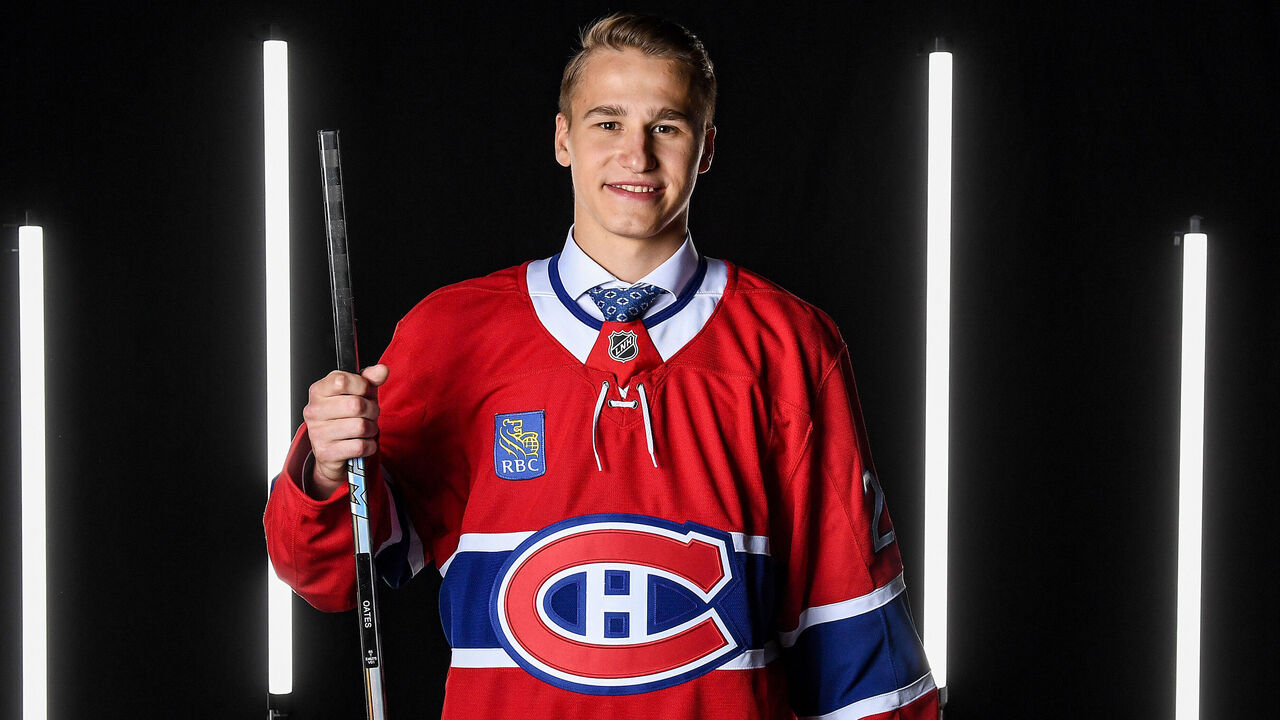
Demidov's a crucial piece. He has NHL superstar potential, and Montreal needs a skater in that tier to transition into the more competitive phase of its timeline. Since no front office or coaching staff is perfect, and in turn no rebuild is perfect, Demidov also represents the Canadiens righting a wrong.
Game-breaker Logan Cooley was available in the 2022 draft, and Hughes took Slafkovsky first overall. Game-breaker Matvei Michkov was on the board in 2023, and Hughes took David Reinbacher at fifth. Both Montreal picks could turn out fine in the long run, but the Habs probably passed on the higher-ceiling players.
The vibes shifted when Hughes called Demidov's name in Las Vegas last June. The selection checked off an important box and brought the Habs closer to their ultimate goal, which is still well off in the distance. The club is trending toward playing meaningful games down the stretch, and three calendar years into the Hughes-St. Louis experiment, that's all you can ask for.
Power plays can't be stopped
If the current league-wide success rate of 21.4% holds over the rest of the schedule, 2024-25 will stand as the best season for power plays since 1985-86. It will also be the third year in a row in which the average finishes at 21% or higher and the ninth straight year of 19% or higher - one heck of a run.
The modern man advantage is lethal for various reasons. Clubs load up one unit with their top offensive creators regardless of position, zone entries are incredibly efficient, and there are more elite shooters than ever.
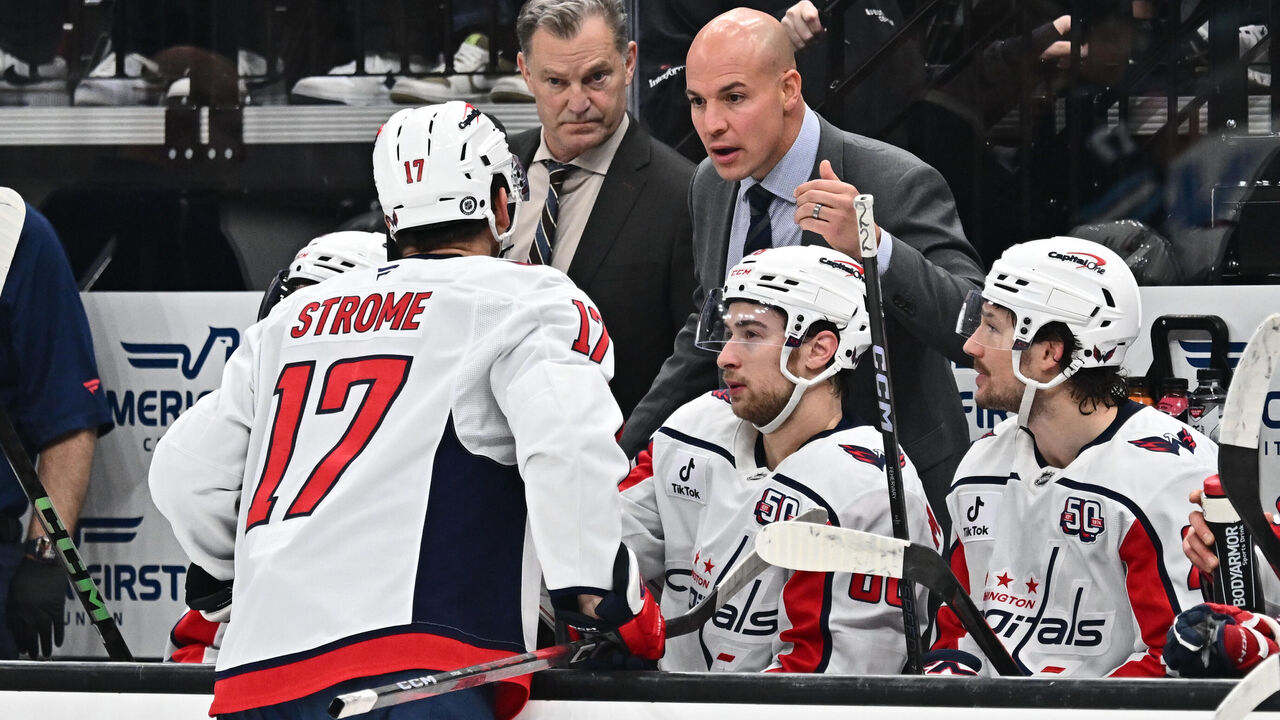
Capitals head coach Spencer Carbery recently shared a few other theories.
Power plays, Carbery explained in early January, are completely "dialed in" tactically nowadays. Penalty-kill strategy isn't overly creative, so the PK can be picked apart in pregame scouting meetings and then exploited on the ice. "It's so hard to catch a power play off guard with being an aggressive penalty kill. You know who's going to pressure where and when," he said.
Carbery, whose squad ranks 10th with a 23% power play, added that he's noticed coaches focusing a lot of their power-play instruction on the net-front area. Cross-crease playmaking and flash screens have become forms of art.
"Net presence - you hear the buzzword all the time," Carbery said. "So, teams are doing a really good job with (feeding) those elite shooters and making sure that a (screener) is right on top of your goalie so he's having to look around."
The modern power play is a tornado. There's so much puck and body movement, with the puck travelling east-west constantly and players often switching roles in the middle of an offensive-zone possession. As Carbery summarized, "it's really, really hard to have a good plan defensively on the penalty kill when power plays are so interchangeable with all of their pieces."
Quick hits
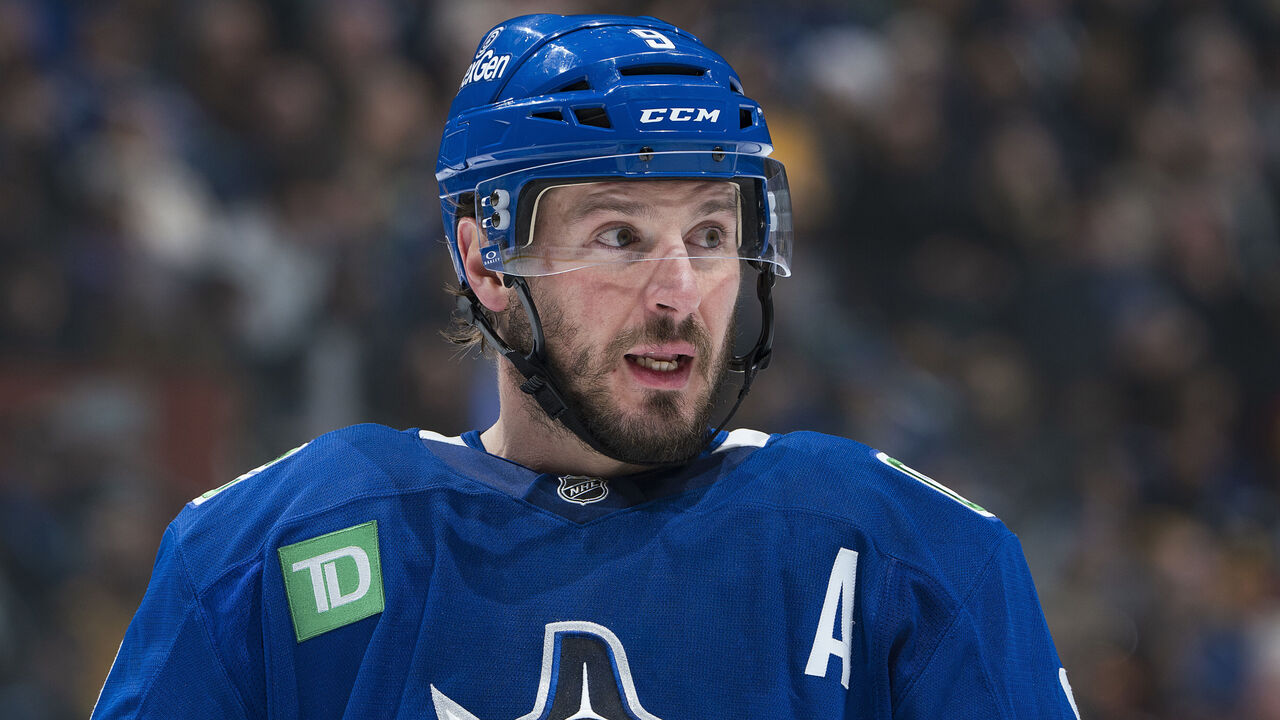
Texas J.T.: The Rangers, Devils, Hurricanes, and Stars are the four teams linked to Canucks forward J.T. Miller. I'm not necessarily predicting he'll end up in Dallas, but I do like the fit between player and team. First of all, the Stars have the cap space to absorb every cent of Miller's $8-million salary thanks to Tyler Seguin's LTIR status and Jamie Benn's contract coming off the books this summer. Secondly, the Stars' 25th-ranked power play could use Miller's downhill shooting. Finally, Dallas seems like the kind of franchise and market Miller would waive his no-move clause for. Less external pressure, better tax situation, balmy weather, and a Stanley Cup-contending roster.
Uh-oh Sweden: Sweden's goaltending is on shaky ground with less than a month until the start of the 4 Nations Face-Off. Jacob Markstrom and Linus Ullmark are both sidelined by injury, leaving presumed third-stringer Filip Gustavsson as the lone healthy netminder. While Ullmark looks primed to return to the Senators' lineup sooner than later, Markstrom's out four-to-six weeks with an MCL sprain. Ouch for the Devils and his country. Sweden isn't stacked at forward like Canada or the United States; its strengths are supposed to be on the back end and in net. Is Sam Ersson of the Flyers the next man up?
Free Willy: If it feels like William Nylander has gotten a disproportionate number of breakaways this season, it's because he has. As of Thursday morning, the smooth-skating Maple Leafs winger led all NHLers with 12 breakaway attempts (Jordan Kyrou and Alex Tuch were tied for second at 10 apiece) and five breakaway goals (Kyrou and Travis Konecny each had four). Nylander's on pace to blast past the totals from last year's breakaway kings - 16 attempts each for Konecny and David Pastrnak and six goals for Konecny.
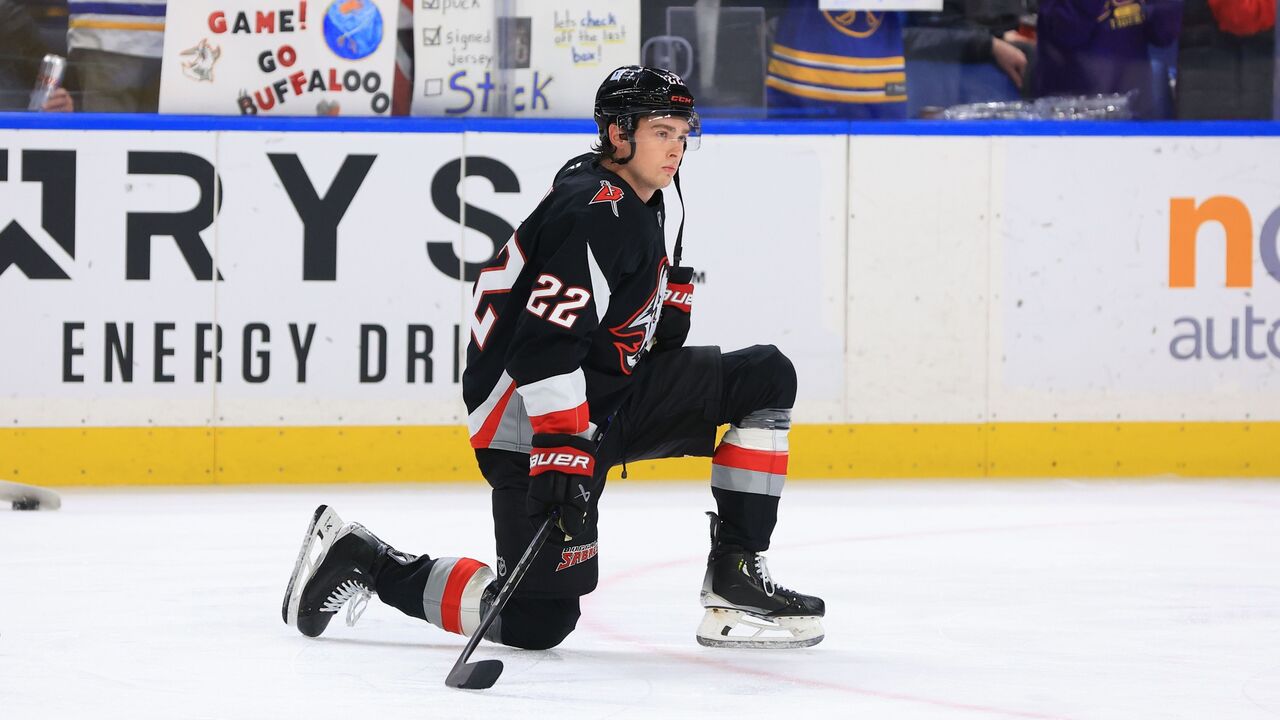
Buy-low candidate: There's been plenty of chatter about Buffalo potentially trading center Dylan Cozens. Buying teams should be (and probably are) also asking about winger Jack Quinn, who would cost significantly less to acquire. Quinn's stock has plummeted since he posted 37 points in 75 games as a rookie in 2022-23. The 23-year-old's suffered multiple injuries, lost confidence, failed to produce, and watched his ice time sag under a new coach. He was picked eighth overall in 2020 for a reason, though, and a different environment could do wonders for resetting the pending restricted free agent's career.
Underappeciated Kucherov: The hockey world's been desensitized to Connor McDavid's brilliance for a while now. However, I'd argue we take Nikita Kucherov for granted to a greater degree. The buzz around the Russian puck wizard has been muted this year despite his league-leading 1.59 points per game and second-most primary points (55, two back of Leon Draisaitl). Most impressively, Kucherov boasts 70 total points - 20 more than Brayden Point and Brandon Hagel, who are tied for second in Lightning scoring.
John Matisz is theScore's senior NHL writer. Follow John on Twitter (@MatiszJohn) or contact him via email ([email protected]).
HEADLINES
- Trade grades: Wild instantly become Cup contenders, Canucks score quantity
- Bedard injured in final second vs. Blues on 'freak accident'
- Canucks GM: Hughes trade not because of a culture problem
- Canucks trade Hughes to Wild in blockbuster
- Trade grades: Oilers gamble on Jarry, Penguins make out like bandits